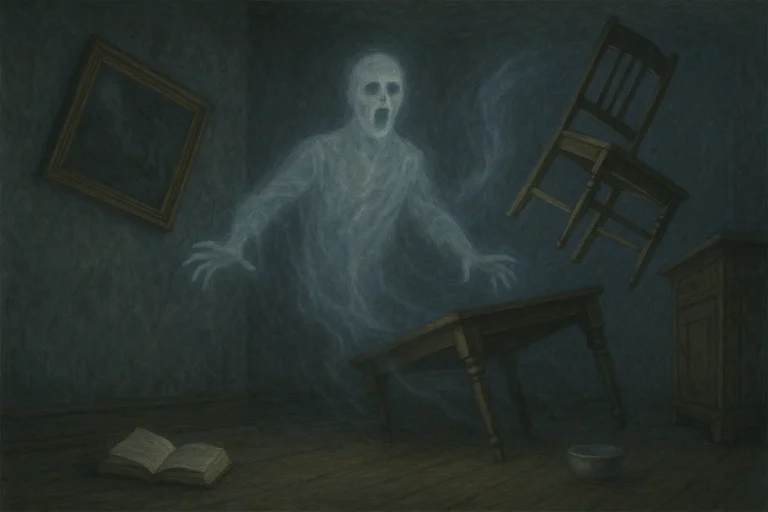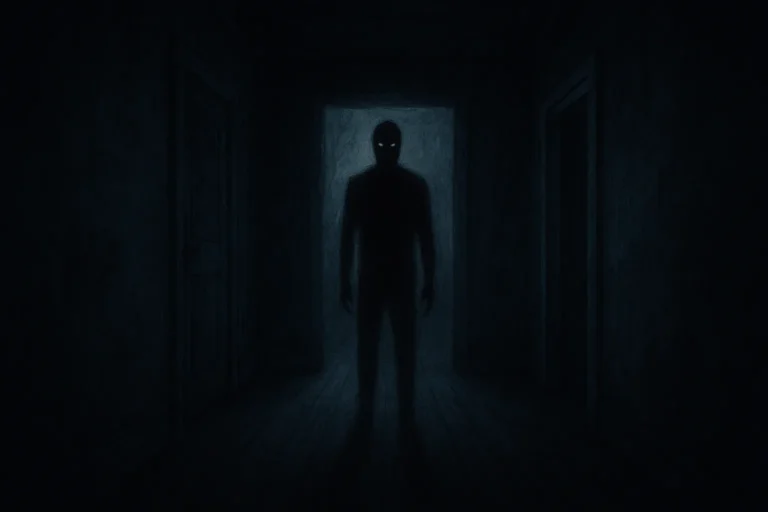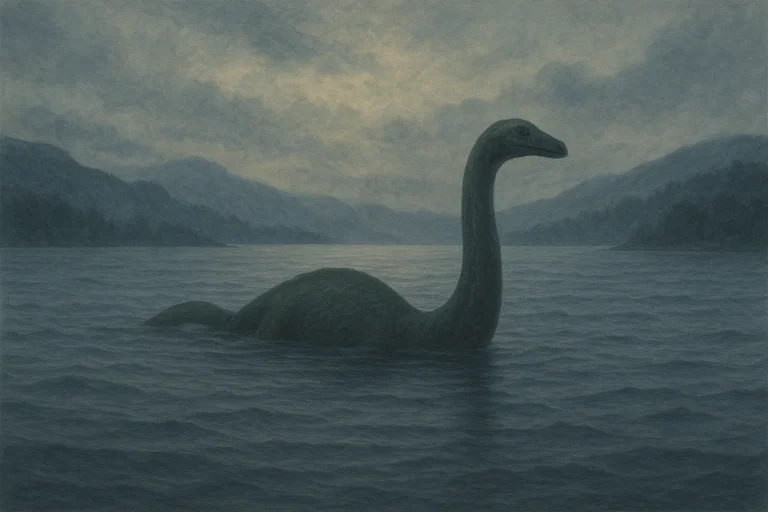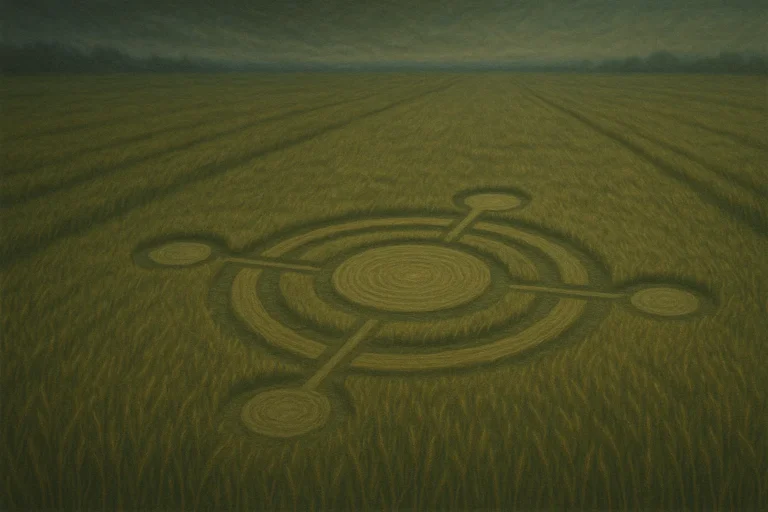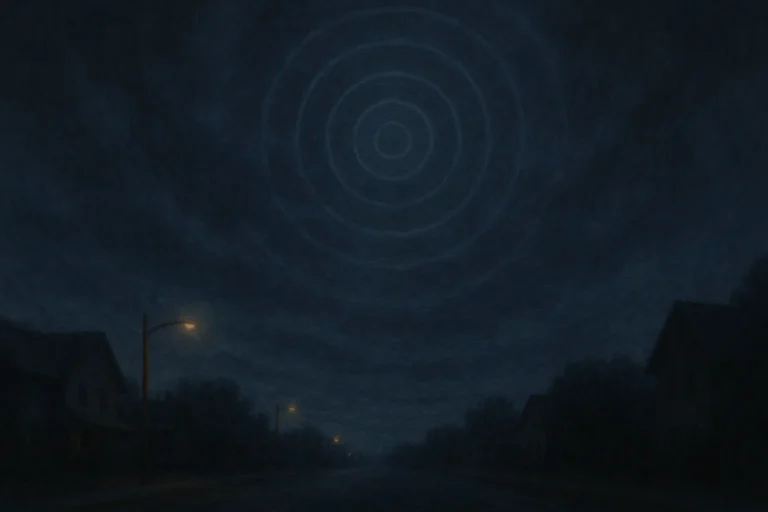The Dyatlov Pass Incident: A Cold Case Wrapped in Mystery

In late January 1959, a group of nine experienced hikers — all young students and graduates from the Ural Polytechnic Institute — set out for a winter trek across the remote and rugged Ural Mountains in Soviet Russia. Their goal was to reach Mount Otorten, a journey that would test their skills and endurance. Led by 23-year-old Igor Dyatlov, the group kept meticulous records of their route, experiences, and even their light-hearted moments along the way.
But they never returned.
Weeks later, a search party found their campsite near what is now called Dyatlov Pass — and what rescuers discovered remains one of the most chilling and perplexing mysteries in modern history.
⛺ A Scene That Defied Logic
The hikers’ tent was discovered torn open from the inside, slashed as if its occupants had fled in a panic. Footprints led away from the tent into the snow, barefoot or in socks, despite the subzero temperatures. The tracks led into the woods, where the first two bodies were found near the remnants of a small fire — dressed only in their underwear.
Over the next weeks, the remaining bodies were located — scattered in various directions, some partially buried under snow. And the condition of the victims only deepened the mystery. Several died of hypothermia. But others had injuries that couldn’t be easily explained.
One had a fractured skull. Another was missing her tongue and eyes. Two more had crushed ribs — injuries so severe they were compared to those from a car crash. Yet, oddly, there were no external wounds. No bruises. No signs of struggle.
Whatever happened on that mountain, it was swift, brutal, and left few answers.
❄️ Official Theories and Unofficial Whispers
The Soviet authorities launched an investigation, but the final report was frustratingly vague. The cause of death, it stated, was due to “an unknown compelling force.” The case was closed shortly after and sealed for decades, fueling rumors that the truth was being buried.
One widely accepted theory today involves a natural phenomenon known as a katabatic wind — a rare but powerful downward gust capable of producing hurricane-force speeds. Some scientists believe this could have caused the hikers to panic, flee the tent, and become disoriented in the darkness. It’s plausible — but it doesn’t explain the traumatic injuries, nor why the tent was cut open from the inside rather than simply unzipped.
Another possibility is an avalanche. If the group heard the rumble of snow shifting, they might have fled in terror. Yet when investigators arrived, they found no evidence of an avalanche. The tent was still upright, and there was minimal snow disruption around the site.
Then there are theories that edge into stranger territory — secret military tests, infrasound, and yes, even alien encounters.
👽 Lights in the Sky
One of the most persistent elements in the Dyatlov legend is the claim that strange lights were seen in the sky around the time of the hikers’ deaths. Multiple witnesses from nearby towns and military installations reported glowing orbs or silent flashes over the mountains.
Could these have been missile tests? Some speculate that the Soviet military was experimenting with parachute mines — air-dropped explosives that could explain the internal injuries seen on some of the hikers. The theory fits some aspects of the scene, but lacks conclusive proof.
Others have suggested the involvement of extraterrestrials. With the mutilated body, missing tongue and eyes, and the odd behavior of the group, it’s not hard to see how UFO speculation took hold. Especially given the secrecy surrounding the investigation and the Soviet tendency to suppress controversial information.
Still, there’s no solid evidence to support an alien encounter. But then again, how much evidence would survive in a snow-blasted wilderness in 1959?
🕯️ A Mystery That Won’t Melt Away
In 2019, Russian authorities reopened the case, citing public interest and pressure. The conclusion, again, pointed to natural causes — specifically a slab avalanche. This variation on the traditional avalanche theory suggests a heavy block of snow shifted beneath the hikers’ tent, prompting them to flee. Some experts, including researchers using modern avalanche simulation software, support this explanation.
Yet critics argue it’s still not enough. Why the surgical precision of the injuries? Why the radiation found on some of the hikers’ clothing? Why the military presence reported in the area afterward?
Even today, the Dyatlov Pass Incident remains a source of heated debate. Books, documentaries, and podcasts continue to reexamine the evidence, hunting for overlooked clues. But over six decades later, the Ural Mountains are still keeping their secrets.
🧭 Something in the Snow
Whatever happened on that remote mountainside, it was sudden, violent, and left a permanent scar on the families and investigators who searched for answers. The hikers were buried with honor. Monuments were raised. But their story continues to echo through the cold silence of Dyatlov Pass.
Was it a natural disaster? A military mistake? Something otherworldly?
Maybe, one day, new evidence will come to light. Until then, we’re left with the haunting image of a torn tent in the snow, and the footsteps of nine people who ran from something they couldn’t explain — and didn’t survive to describe.

